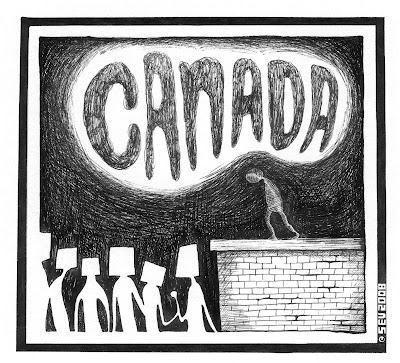- pre-writing
- drafting
- revision
- editing
The teacher should directly train students about writing strategies by demonstrating how pre-writing (eg. background material is read and students give verbal feedback) activates the schemata and outline strategies for the drafting and revision processes.
Teachers should include the listening, speaking and reading skills in the writing class.
The teaching procedure is divided into 6 steps:
- Preparation (Define a situation whereby a written text is required)
- Modeling (Teacher introduces a model of the genre: eg. argumentative essay to persuade the reader to act on something. Teacher teaches how its organization develops to accomplish its purpose. Students compare with other texts)
- Planning (Students brainstorm about the topic, discussing and reading associated material)
- Joint constructing (Students contribute information and ideas and the teacher writes it on the board)
- Independent constructing (Students work on their own)
- Revising (Peer editing from other students as the teacher guides and facilitates.)
- Unite form and content
- Ideas and organization
- Syntax and meaning
- Writing and revising
- Writing and thinking
Badger, R and White G. A process approach to teaching writing. ELT Journal 54 (2): 153-60
